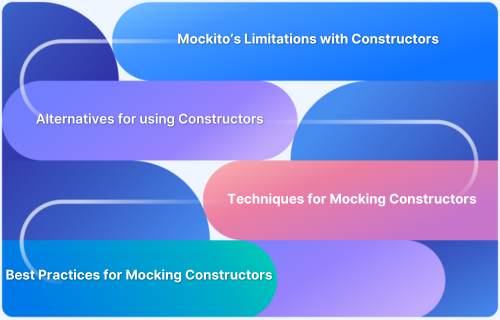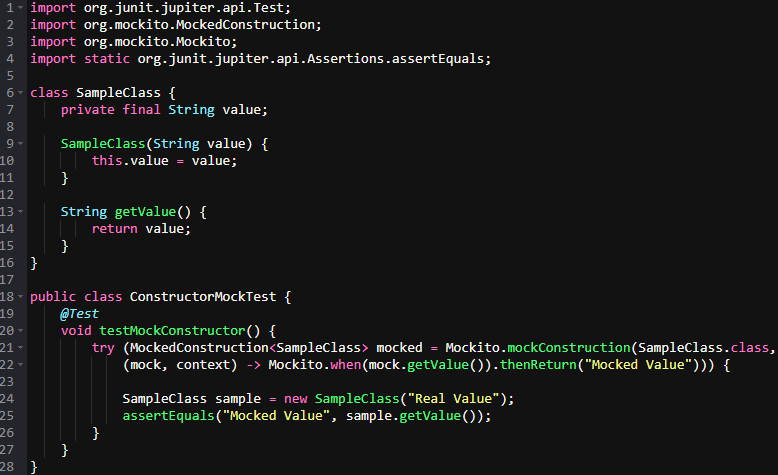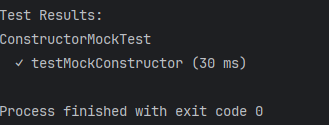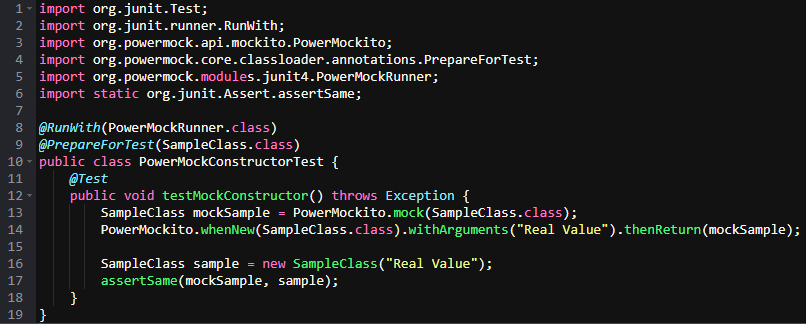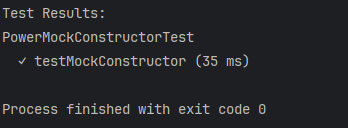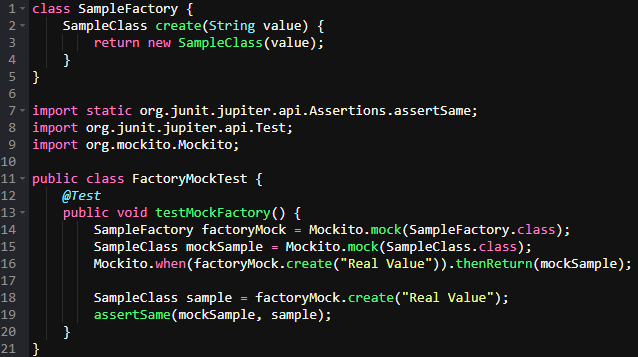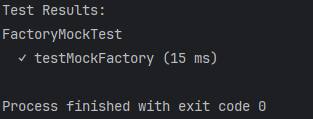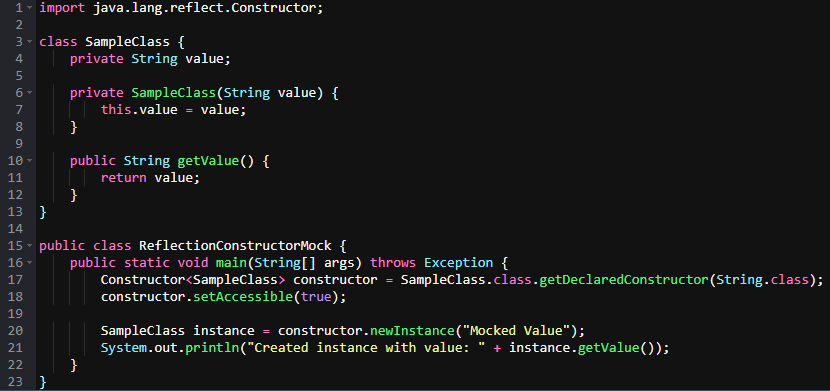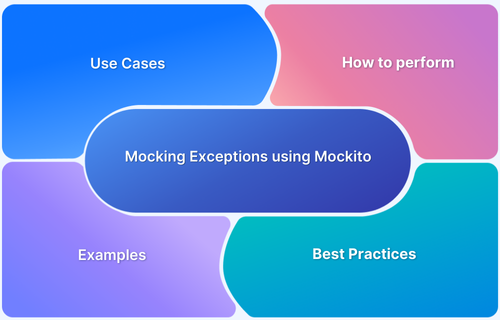Mockito is a Java testing framework that simplifies unit testing by allowing the creation of mock objects. These mocks replace the real dependencies by enabling isolated testing of specific units of code.
Mockito excels at mocking method calls and verifying interactions with these mock objects. However, mocking constructors has traditionally been a challenge.
This guide explores practical techniques for mocking constructors when to use them, and best practices for achieving effective unit testing.
Mockito’s Traditional Limitations with Constructors
Constructor mocking is not natively supported in Mockito, primarily due to its method-based stubbing feature set. Here are a few pointers on its limitations:
- No mechanism built in it enables interception of constructor calls.
- Constructors are tightly coupled with object instantiation.
- Direct instantiation of object constructor behavior modification makes testing a tough task.
Alternative approaches for using Constructors
While direct mocking is not feasible, developers can employ alternative approaches to manage object creation during testing. These include dependency injection (DI), factory patterns, or refactoring code to minimize direct constructor usage within the class under test.
When should you Mock Constructors?
Despite the limitations, certain scenarios where constructor mocking is considered necessary. They are,
- Third-party libraries with no access to DI(Dependency Injection): Mocking constructors might be the only way to isolate the unit under test when dealing with external libraries that do not support DI.
- Legacy codebases with tight coupling: Legacy systems often suffer from tight coupling, making refilling and introducing DI difficult. In such cases, mocking constructors can provide a pragmatic solution.
- Complex object instantiation in tests: If object creation involves intricate logic or external dependencies, mocking constructors can simplify test setup and improve test readability.
Techniques for Mocking Constructors in Mockito
Several techniques can be used to achieve constructor mocking in Mockito, each with its own trade-offs and use cases.
1. Mockito Inline (Mockito 3.5+)
Starting with Mockito 3.5, the mockConstruction API enables constructor mocking without external dependencies. This is the recommended approach for modern Java applications as it simplifies object instantiation control while keeping tests clean.
Code:
Expected Output:
Explanation:
1. The SampleClass has a constructor that sets a value and a getValue() method to return it.
2. The test uses Mockito.mockConstruction() to mock all new instances of SampleClass within the try block.
3. Inside the mock setup, getValue() is overridden to always return “Mocked Value”, regardless of the actual constructor argument.
4. When a new SampleClass(“Real Value”) is called, a mocked instance is returned with the overridden behavior.
5. The test verifies that sample.getValue() returns “Mocked Value”, confirming that the constructor was successfully mocked.
Read More: Top 15 Unit Testing Tools
2. PowerMock (For Legacy Codebases)
PowerMock is a powerful library that extends Mockito’s capabilities. It enables mocking of constructors, static methods, and final classes.
However, it is generally recommended to avoid PowerMock when possible due to its complexity. It is primarily for legacy systems that cannot be refactored easily. Also it is useful for older applications that cannot upgrade to Mockito 3.5+.
Code:
Expected Output:
Explanation:
1. A mock instance of SampleClass is created and the constructor of SampleClass is overridden so that when called with “Real Value”, it returns the mock instance instead of a real object.
2. A new instance of SampleClass is created using new SampleClass(“Real Value”), but due to the mocked constructor, no real object is instantiated.
3. Instead of executing the actual constructor logic, the mock instance is returned, ensuring controlled object creation.
4. The assertion verifies that the returned instance is the same as the mock instance, confirming that constructor mocking works correctly.
3. Using a Wrapper Class for Constructor Calls
The test-friendly approach is to wrap object creation inside a factory class or method. A wrapper class can encapsulate object creation, allowing the wrapper to be mocked directly instead of the actual constructor.
Code:
Expected Output:
Explanation:
1. A SampleFactory is a factory class that creates SampleClass objects using its create() method.
2. The test mocks SampleFactory so that it does not create real SampleClass objects but instead returns a predefined mock.
3. A mock instance of SampleClass is created and set to be returned whenever factoryMock.create(“Real Value”) is called.
4. When create(“Real Value”) is invoked, it returns the mocked instance instead of a real SampleClass object.
5. The test asserts that the returned instance is the mock, confirming that the factory was successfully mocked.
4. Reflection-Based Approaches (Edge cases, not recommended for unit tests)
Reflection can be used to bypass constructor calls, but this approach is generally discouraged for unit tests due to its potential for breaking encapsulation and making tests brittle. It is generally for edge cases.
Code:
Expected Output:
Explanation:
1. The SampleClass has a private constructor, which means it cannot be instantiated directly.
2. To work around this, Java Reflection is used to access the private constructor and make it accessible.
3. Once accessible, the constructor is invoked with “Mocked Value”, creating an instance of SampleClass despite the restriction.
4. The getValue() method is then called to verify that the instance holds the correct value. This approach is useful for testing or accessing objects with restricted constructors when needed.
Read More: Best Practices for Unit Testing
Best Practices for Mocking Constructors in Mockito
While the preceding techniques offer solutions for constructor mocking, their application must adhere to sound testing principles. To ensure maintainability, reliability, and clarity within unit tests, the following best practices should guide the implementation of constructor mocking with Mockito.
- Prefer Dependency Injection (DI) over constructor mocking to improve testability.
- Use Mockito’s mockConstruction API for modern Java applications.
- Consider PowerMock only for legacy systems and migrate to Mockito Inline where feasible.
- Consider refactoring code to minimize direct constructor usage.
- Encapsulate object creation in factory methods or wrappers to make code more testable.
- Avoid reflection-based approaches in standard unit tests.
Why choose BrowserStack to test Mocked Exceptions?
When testing mocked exceptions in your Java applications, you must confirm that your code’s error handling performs consistently across various environments. BrowserStack Automate enables comprehensive testing across a wide range of real browsers and devices.
Integrating your unit tests with BrowserStack allows you to validate that mocked exceptions are handled gracefully in real user conditions. BrowserStack Automate allows for thorough testing of edge cases and exceptions, leading to more reliable software.
Conclusion
Mocking constructors in Mockito require a nuanced approach. While direct mocking is not supported, techniques like Mockito Inline and Wrapper classes provide effective solutions. Understanding the limitations and best practices ensures that tests remain maintainable and reliable.
For comprehensive unit testing across real browsers and devices, consider BrowserStack Automate and ensure that your applications function correctly in every environment.
